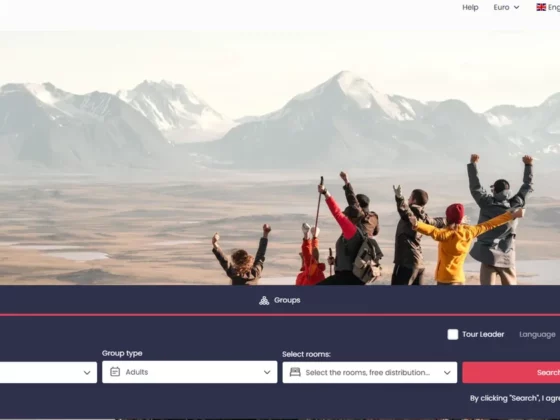Josiah: I’ve heard you talk about the power of AI, especially in the design process, which is an interesting combination. Obviously, this is a space that is evolving so quickly. So I think I’m less interested in maybe the specific tactics and more about the broad opportunity or thing that you’re curious about or seeing as it relates to AI and the world of design. What’s going through your mind on that these days?
Scott: We’re able to use AI like a tool, right? And to help us better understand the work that we’re doing. And that could be in an analytical sense and doing some of the math, if you will, around the analysis to help us better understand the site and be able to put real-time outcomes in front of us as we’re making design decisions. We do it this way; this is the outcome. We do it this way; this is the outcome. It is putting that data all in one place for us. Years ago, to take on a large planning project, you would go to 25 or 30 different places to try to get information, and then we would sit and try to do layers and maps and synthesize all that data to try to draw strong conclusions. Now, You can do the majority of that almost instantaneously. And as we’re making design decisions, you can see outcomes come from that. And that’s pretty powerful, right? It’s going to allow us to improve the work that we do to do it better. And there’s one way that we’re seeing it. The other kind of leg on that is also just the creativity, the spark of creativity that AI has brought into the conversation. if you find an opportunity to look at things a little bit differently and leverage some of those tools that are out there, not necessarily to do the work because it’s at a place where some of that is still fictional. But the days of the Google search for inspirational ideas are starting to go behind us. And we’re now at a place where we could create that vision a little bit with AI just to inspire the vision, to inspire the design thinking. use that as a catalyst and a springboard to kind of jump forward, maybe quicker than we would have before, or maybe take us in a different direction than we would have gone before. So those are just kind of two angles of that same subject. You know, that is how we’re looking at it. It is a tool that we’re trying to understand as a firm. And I think, as an industry, I can tell you that I don’t think anybody’s got this figured out yet. And that’s what makes it kind of exciting. But we are aware of the fact that we have to be very thoughtful about how it’s used in the practice and how it’s used in our industry.
Josiah: I think that approach to experimentation is so important because it’s evolving so quickly. And so by definition, nobody has figured it out because it’s moving so quickly. And I also appreciate the distinction between the two use cases there because I feel like so much of the conversation is around generative AI. there may be a time and a place for that. But I think what is being under-recognized is something that’s not extremely novel, but the capabilities are increasing in scenario planning and data analysis and finding connections between disparate data sets that otherwise we haven’t been doing. And so I think that is an under-appreciated but extremely important piece of this conversation. I’m curious: as you think about this category of technology, What skills or capabilities are you not only developing for yourself, but encouraging your teams to focus on if we’re in this world of rapidly accelerating AI tech, what do we need to be focused on as humans?
Scott: Well, we need to be focused on our creativity, right? And being able to deliver what people are asking of us, right? We’re all trained as landscape architects or planners, and we understand place, we understand sites, and we understand what our clients are trying to accomplish. So we have to be creative and try to bring that experience to bear and not rely on technology to develop answers for us; rely more on our own instincts, our own experiences. So we really deliver what people are asking for.




